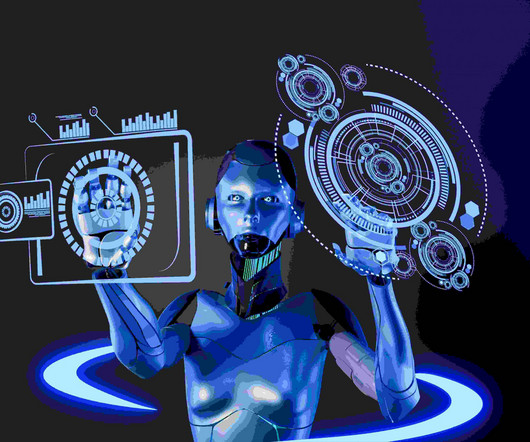Generative vs Discriminative AI: Understanding the 5 Key Differences
Data Science Dojo
MAY 27, 2024
In the recent discussion and advancements surrounding artificial intelligence, there’s a notable dialogue between discriminative and generative AI approaches. Generative AI often operates in unsupervised or semi-supervised learning settings, generating new data points based on patterns learned from existing data.












Let's personalize your content